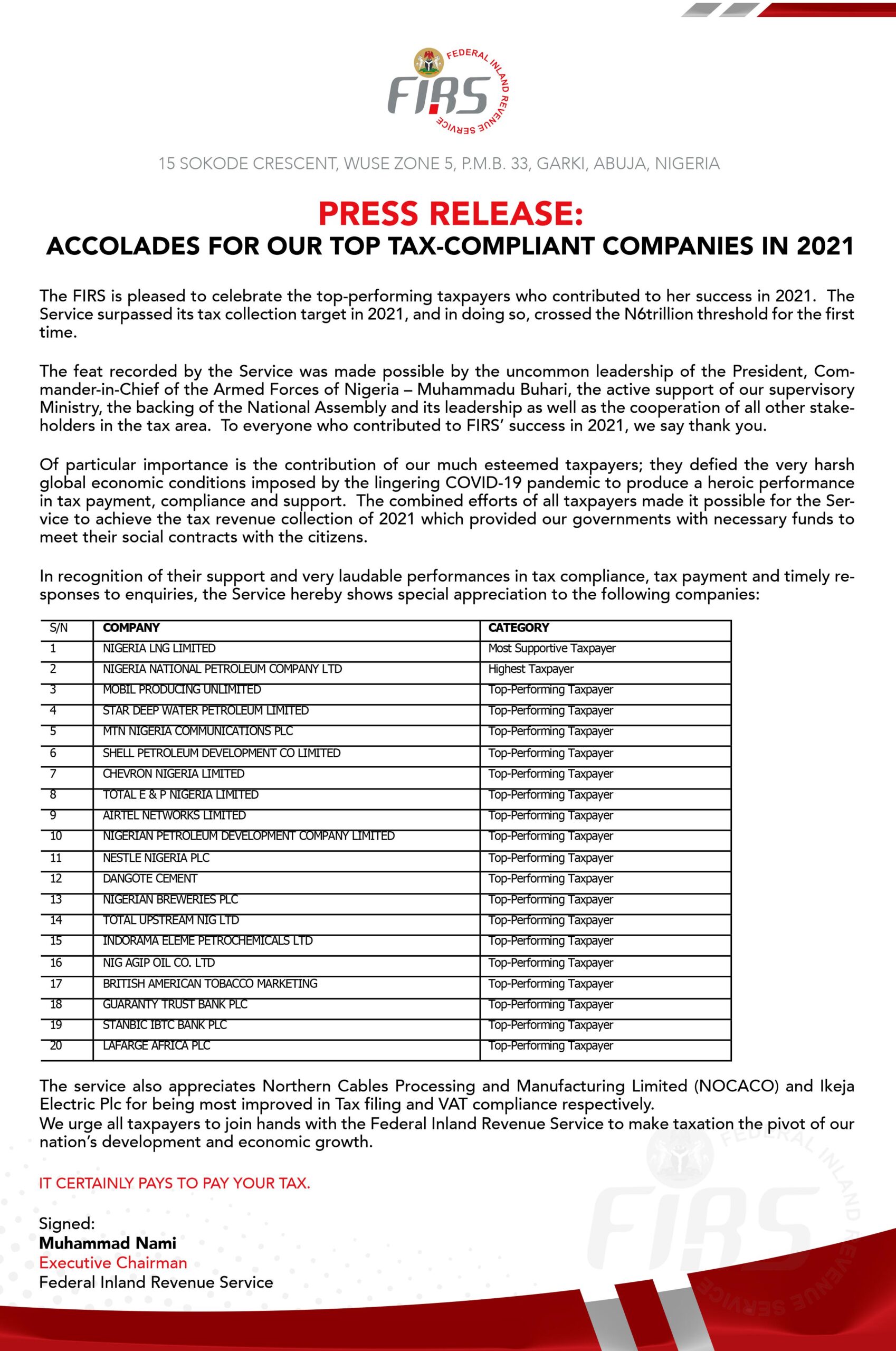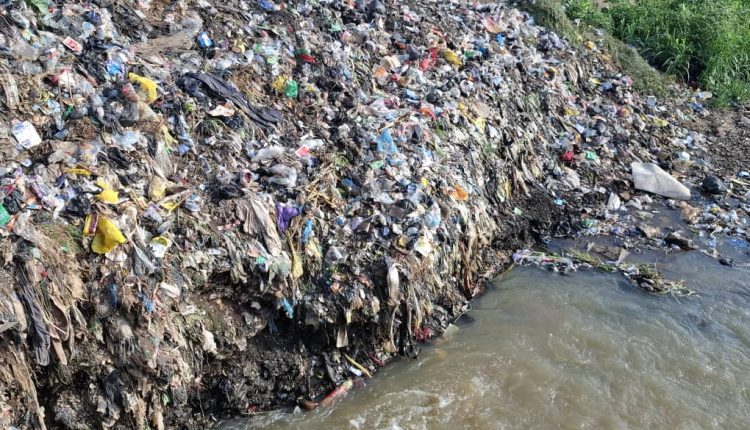Silent poison: How contaminated water and river bank dumping endanger health, climate
By Ahmed Ali
In communities across the globe, water is life — but for millions, it is becoming a silent killer. As climate change intensifies, the interplay between contaminated water and indiscriminate refuse dumping is emerging as a critical threat not just to human health, but also to environmental stability.
A recent focus by the United Nations Framework Convention on Climate Change (UNFCCC, 2023) underscores the dangers. When rivers and streams are used as dumping grounds for domestic, industrial, and agricultural waste, they become toxic conduits that spread disease, destroy aquatic ecosystems, and compound the climate crisis.
The Poison in Our Water
Contaminated water is a breeding ground for waterborne diseases such as cholera, typhoid, and dysentery. According to the World Health Organization (WHO, 2022), more than 2 billion people worldwide drink water contaminated with feces, leading to an estimated 485,000 deaths annually from diarrheal diseases alone.
“When refuse is dumped along riverbanks, rainwater washes pollutants directly into the rivers,” explains Dr. Amina Yusuf, an environmental health specialist interviewed by Climate Watch (2024). “The rivers become a highway for disease.”
Heavy metals, pesticides, plastics, and raw sewage flow freely, suffocating fish, contaminating irrigation water, and entering human food chains. The health side effects range from skin infections to life-threatening gastrointestinal illnesses, and even long-term neurological damage caused by toxic chemicals (UNEP, 2023).
A Climate Multiplier
Dumping refuse along riverbanks does more than poison local communities — it also worsens climate impacts. Decaying waste in waterlogged conditions emits methane, a potent greenhouse gas that is 80 times more powerful than carbon dioxide in trapping heat over a 20-year period (IPCC, 2021).
“Poor waste management around water sources accelerates climate change by releasing greenhouse gases and destroying natural carbon sinks,” warns the UN Environment Programme (UNEP, 2023). Healthy wetlands, for example, can store vast amounts of carbon, but become useless when polluted.
Furthermore, blocked waterways from refuse buildup cause flooding, destroying farmland and displacing entire communities. As climate change increases the intensity of storms and rainfall, these clogged rivers create even greater devastation (UN Climate Change, 2023).
It is reported that no fewer than 176 local government areas (LGAs), comprising 1,249 in 30 states in Nigeria and the Federal Capital Territory (FCT) fall within the high flood risk areas, while 2,187 communities in 293 LGAs in 36 states of the federation and the FCT fall within the moderate flood risk areas in 2025.
The high flood risk states are Abia, Adamawa, Akwa Ibom, Anambra, Bauchi, Bayelsa, Benue, Borno, Cross-River, Delta, Ebonyi, Edo, Gombe, Imo, Jigawa, Kebbi, Kogi, Kwara, Lagos, Nasarawa, Niger, Ogun, Ondo, Osun, Oyo, Rivers, Sokoto, Taraba, Yobe, Zamfara and the FCT.
The minister of water resources, Prof. Joseph Utsev, disclosed this in Abuja when he unveiled the 2025 Annual Flood Outlook (AFO) prepared by the Nigeria Hydrological Services Agency (NIHSA).
The AFO 2025 was unveiled with the theme “Flood Resilience: Focusing on Communities Preparedness and Adaptive Strategies for Flood Management.
The Human Toll
People living in informal settlements or rural communities are most at risk. Without access to safe sanitation or regulated waste disposal, they are forced to live with the consequences of polluted rivers. Women and children, in particular, bear the burden, as they often collect water for household use (WHO/UNICEF Joint Monitoring Programme, 2022).
Children exposed to contaminated water suffer stunted growth, cognitive delays, and repeated illnesses, trapping families in cycles of poverty and vulnerability (UNICEF, 2022).
A Path Forward
The UN has called for integrated waste and water management strategies that combine climate resilience, sanitation, and community participation (UNEP, 2023). Recommended steps include:
- Building safe, climate-resilient sanitation facilities away from rivers
- Educating communities about the dangers of river dumping
- Supporting local governments with resources to enforce environmental laws
- Investing in water treatment and waste recycling infrastructure
“There is no climate action without clean water,” states António Guterres, UN Secretary-General, during the 2023 Climate Ambition Summit (UN News, 2023). “Every river protected from pollution is a shield against disease and a safeguard for the climate.”
As global temperatures rise, the challenge grows more urgent. But with coordinated action, the silent poison of contaminated water and careless waste dumping can be reversed — ensuring that rivers continue to nourish, rather than harm, the communities that depend on them.



Comments are closed, but trackbacks and pingbacks are open.